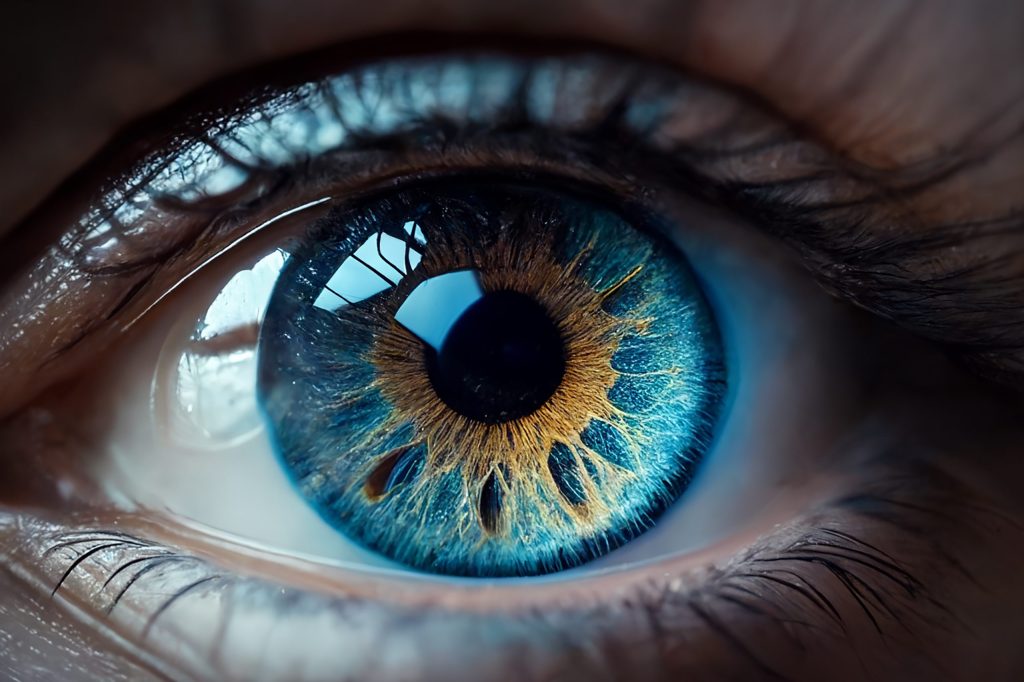Glaucoma
Book your consultation today. No waiting times.
0% finance available
No waiting times
World class local surgeons
Testimonials
Hear some of the stories from our glaucoma patients.

- What is Glaucoma?
Glaucoma is a group of conditions that cause a characteristic pattern of damage to the eye that is in part related to an intraocular pressure (eye pressure) that is too high for the eye.
Risk Factors
The risk factors are not fully known. However, in many cases the pressure in the eye is thought to be responsible, at least in part, for the damage caused. The pressure in the eye is usually higher than the normal range but in some cases it is within the normal range ( Normal Pressure Glaucoma or Normal Tension Glaucoma) but is considered to be too high for the individual eye.
Other factors that are related to the damage caused include alterations in the blood flow to the optic nerve head (the front part of the optic nerve) , changes in the tissues supporting the optic nerve head, and genetic factors.
It can also be caused by various conditions that affect the eye and lead to damage or changes to the trabecular meshwork ( the point where the eye fluid (the aqueous) leaves the eye).
Types of Glaucoma
Primary open-angle glaucoma is the commonest type and affects 1-2% of the population. It increases with increasing age and is more common in black races than whites. Risk also increases if a family member is affected
Other eye conditions can cause glaucoma (Secondary glaucoma) as well, such as Pseudo-exfoliation, Pigment dispersion, Uveitis, and it can also be associated with various vascular conditions that affect the eye such as diabetes and vein occlusions (Rubeotic glaucoma).
Is a type of secondary open-angle glaucoma that arises from pseudo-exfoliation syndrome, a condition characterized by the accumulation of abnormal proteinaceous material on the eye’s surfaces, particularly the lens and iris. This material, known as pseudo-exfoliative material, can obstruct the drainage pathways of the eye, specifically the trabecular meshwork, leading to increased intraocular pressure (IOP). The rise in pressure can result in optic nerve damage and vision loss if left untreated. Pseudo-exfoliation glaucoma is more commonly found in older individuals and is associated with various risk factors, including age and genetic predisposition. Patients may not experience noticeable symptoms in the early stages, making regular eye exams essential for early detection and timely intervention, which may include medications, laser therapy, or surgical procedures to lower IOP and prevent progression of the disease.
A type of secondary glaucoma:
“Other eye conditions can cause glaucoma (Secondary glaucoma) as well, such as… Pigment dispersion…”
A type of secondary glaucoma:
“Other eye conditions can cause glaucoma (Secondary glaucoma) as well, such as… Uveitis…”
Associated with vascular conditions like diabetes and vein occlusions:
“It can also be associated with various vascular conditions that affect the eye such as diabetes and vein occlusions (Rubeotic glaucoma).”
Use of steroids may cause a rise in intraocular pressure in some people and can lead to the development of glaucoma.
Previous injuries that damage the angle of the eye (angle recession glaucoma) can lead to glaucoma several years after the injury.
Angle closure glaucoma is a rarer condition that occurs when the drainage angle at the front of the eye is narrow and can block off quickly. This can lead to a sudden rise in pressure in the eye, that is associated with blurred vision, eye pain, headaches, and nausea and vomiting.
Ocular hypertension occurs when the pressure in the eye is above normal and it is a risk factor for developing glaucoma. Depending on how high the pressure is and the thickness of the cornea, we may treat the pressure before you develop glaucoma to try and reduce the risk of getting glaucoma.
Symptoms
Open angle glaucoma and ocular hypertension usually have no symptoms unless it is associated with another condition. Most patients are unaware of their condition and it is discovered only on routine testing by the optician.
For the majority of patients the main problem is loss of the field of vision. Central vision and visual acuity (i.e. the smallest things that can be read on a vision chart) tend to be affected later on, although localised areas of loss of central vision can occur. “Tunnel vision” is only seen in advanced disease.
One important aspect is that it may affect your vision to the level that you fail the legal requirements to drive. You should inform the DVLA and your insurers if you have this condition. Many people however will still meet the legal visual requirements for driving.
Angle closure glaucoma can cause sudden onset of blurred vision, eye pain, headaches and nausea and vomiting.
Diagnose and Testing
The usual tests for the diagnosis of glaucoma include a complete eye examination, with measurement of the intraocular pressure, an examination of the drainage angle (gonioscopy), corneal thickness and optic disc, and an assessment of the visual field.
If the tests show a high pressure, loss of the field of vision or damage to the optic nerve then you may have glaucoma or a condition that requires monitoring.
Treatment Options
Most patients with open angle glaucoma are treated with eye drops and just require regular follow up. In some patients their results may show changes that are suspicious of glaucoma (for example a suspicious optic disc or ocular hypertension) and they just need monitoring to see if they go on to develop glaucoma. Some patients will require further treatment such as laser or surgery.
Most patients with glaucoma will need to use eye drops ranging from once a day to three times a day. There are different classes of eye drops that reduce the eye pressure in various ways. If a single drop does not control the pressure patients may be switched to a combination drop or further drops added. All drops have the potential for side effects and these vary according to the class of drop used. Some patients may be sensitive to the preservatives in the eye drops and may require preservative free drops.
If patients are not controlled on eye drops, or are intolerant of them or have side effects a laser trabeculoplasty may be used to reduce the eye pressure. The laser surgery is done in out-patients and there are two types available – Selective Laser Trabeculoplasty (SLT) or Argon Laser Trabeculoplasty (ALT).
Some patients may progress despite drops and laser. In that case they may require surgery for their glaucoma and the procedure of choice would be a trabeculectomy, to reduce the intraocular pressure.
Very occasionally additional procedures are required such as repeat surgery, insertion of drainage tubes. This safe procedure, which is often performed at the same time as cataract surgery, involves inserting a small titanium tube called an iStent into the drainage channel of the eye. It offers the chance to lower intraocular pressure and reduce the need for glaucoma eye drops.
In patients who are found to have narrow angles, but the pressure is not yet elevated or they have not yet developed acute angle closure glaucoma, we would recommend a prophylactic laser iridotomy. In this procedure a small laser hole is made in the iris to help prevent the patient getting acute glaucoma. If the patient presents with an acute angle closure episode this is usually treated in hospital with a combination of medicines and eye drops to bring down the pressure, followed by a laser iridotomy.
